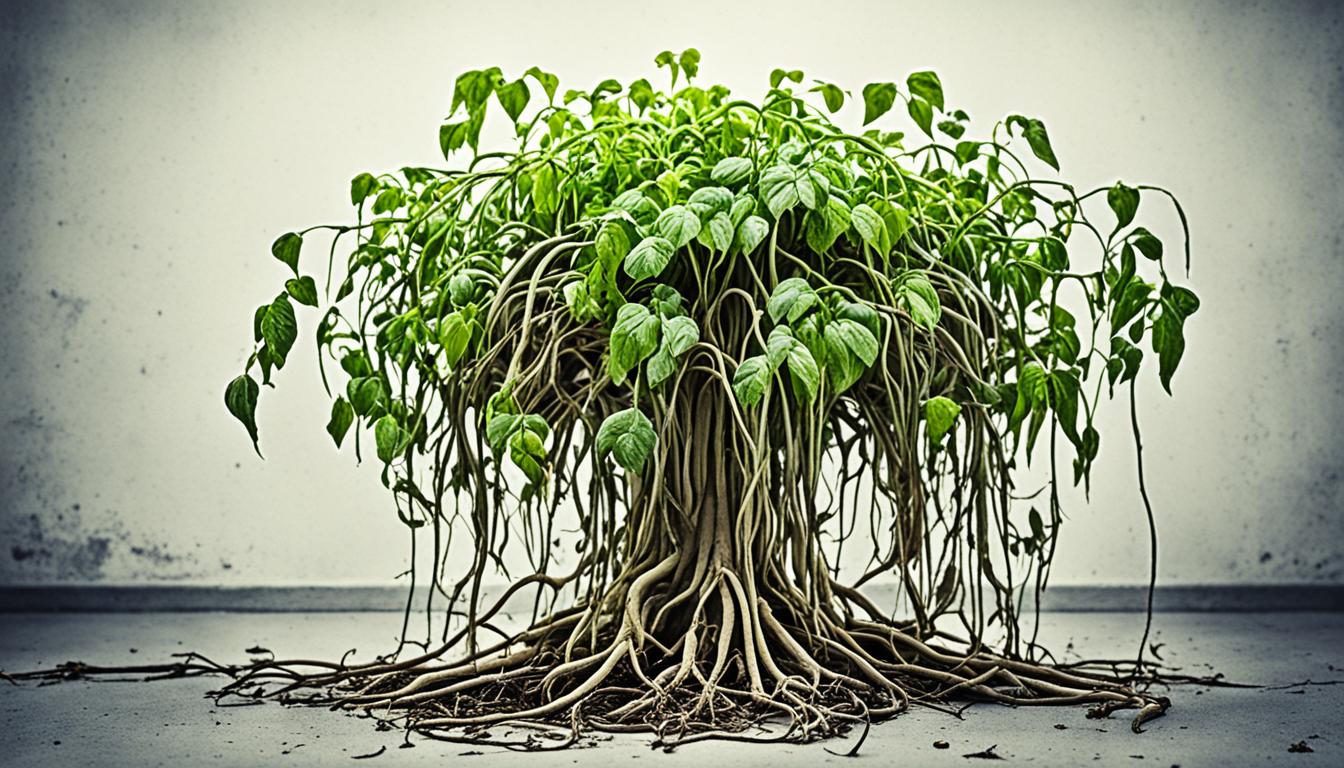Child maltreatment is a big public health issue with serious effects. It leads to health issues in both kids and adults in rich countries. Struggling with mental health problems like depression and anxiety is common. It also increases the chances of using drugs and hurting oneself.
Children who face maltreatment might face problems in school and could act out. Knowing how to spot and understand child maltreatment is key to helping kids. New treatments like stem cell therapy might help with the lasting effects.
Key Takeaways:
- Child maltreatment is a big public health issue that affects both kids and adults.
- It can lead to mental, emotional, and physical health problems.
- This abuse is linked to a higher risk of mental health problems and harmful behaviors.
- Kids might struggle in school and show more bad behavior.
- Learning about the signs and causes of maltreatment is important for helping kids.
- Stem cell therapy is a new way to deal with the long-term impacts of abuse.
The Impact of Childhood Trauma on Health and Well-being
Childhood trauma, like abuse or neglect, affects health and well-being greatly. People who faced such issues as kids are more likely to have mental health problems. These problems can include depression and anxiety, as shown in studies by Felitti et al. (1998) and Scott et al. (2010).
The effects don’t stop at mental health. Individuals who went through tough times in their youth might face more physical health issues too. Studies by Anda et al. (2004) and Brown et al. (2009) suggest a link between childhood trauma and chronic diseases like heart disease and diabetes.
One reason for this could be the body’s reaction to long-term stress. Inflammation, caused by childhood trauma, can harm both our minds and bodies. Research by Danese et al. (2007) and Coelho et al. (2014) found that these individuals have more inflammation.
This information underlines the importance of dealing with childhood trauma’s lasting effects. We need to act early and with care to prevent its negative impacts. By focusing on prevention and care, we can help people find better health and happiness.
| Mental Health Effects | Physical Health Effects |
|---|---|
| Depression | Cardiovascular disease |
| Anxiety | Diabetes |
| Substance abuse | Chronic inflammation |
| Self-harm | Increased risk of other chronic diseases |
Treatment and Intervention for Child Maltreatment
Helping kids heal from maltreatment is key. Trauma-focused therapy works by letting individuals face and move past their hard experiences. This therapy is good for kids and grown-ups who went through maltreatment.
For severe cases, new treatments like stem cell therapy show hope. This therapy is already helping in many medical areas. Now, it might also help with the effects of maltreatment.
Child protective services are also crucial. They make sure kids are safe and well after abuse. They investigate cases, help families, and place kids in safe spots if needed. Their work helps create a safer world for these children.
Tackling maltreatment calls for a mix of therapies and support. This includes trauma therapy, new interventions like stem cell use, and the protection given by child services. Together, these can lead to real change and help kids recover.
FAQ
Q: What is child maltreatment?
A: Child maltreatment covers abuse, neglect, exploitation, and trauma kids face. This includes physical, emotional, and sexual harm, along with neglect.
Q: What are the consequences of child maltreatment?
A: Maltreatment can hurt kids’ and adults’ mental, emotional, and physical health for long. It’s linked to more psychiatric disorders, substance abuse, and poorer school results.
It can also lead to more delinquency and criminal acts.
Q: What are adverse childhood experiences (ACEs)?
A: ACEs are hard experiences in childhood, like abuse and neglect. They affect health and well-being, raising the risks for mental and physical issues later.
Q: How does childhood trauma impact health?
A: Trauma in childhood can heighten the risk of mental health problems. This includes depression and anxiety.
It also links to more heart and diabetes issues, perhaps due to more body inflammation.
Q: What treatment options are available for child maltreatment?
A: Healing from maltreatment can involve trauma-focused therapy. This allows people to deal with and move past what happened.
In severe cases, new treatments like stem cell therapy are being looked into for help.
Q: What role do child protective services play in addressing child maltreatment?
A: Child protective services help keep kids safe from harm. They check on reports of abuse and neglect, help families, and may remove kids from danger.

